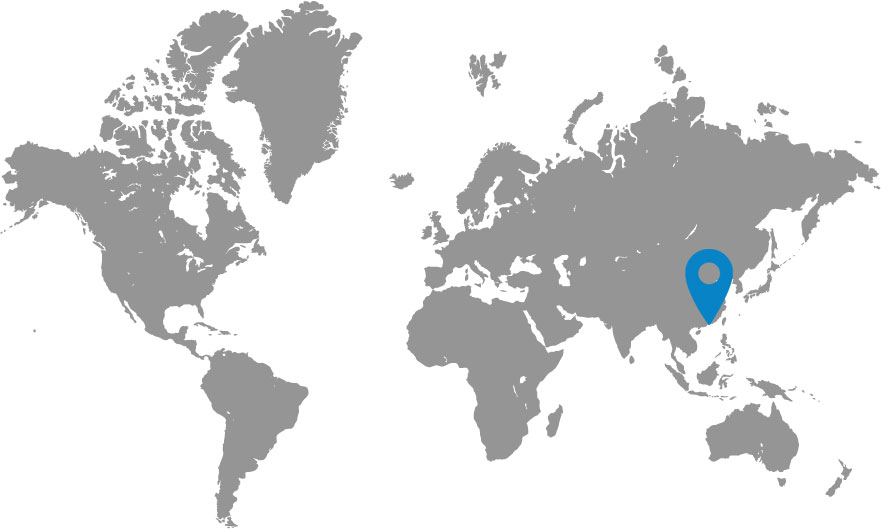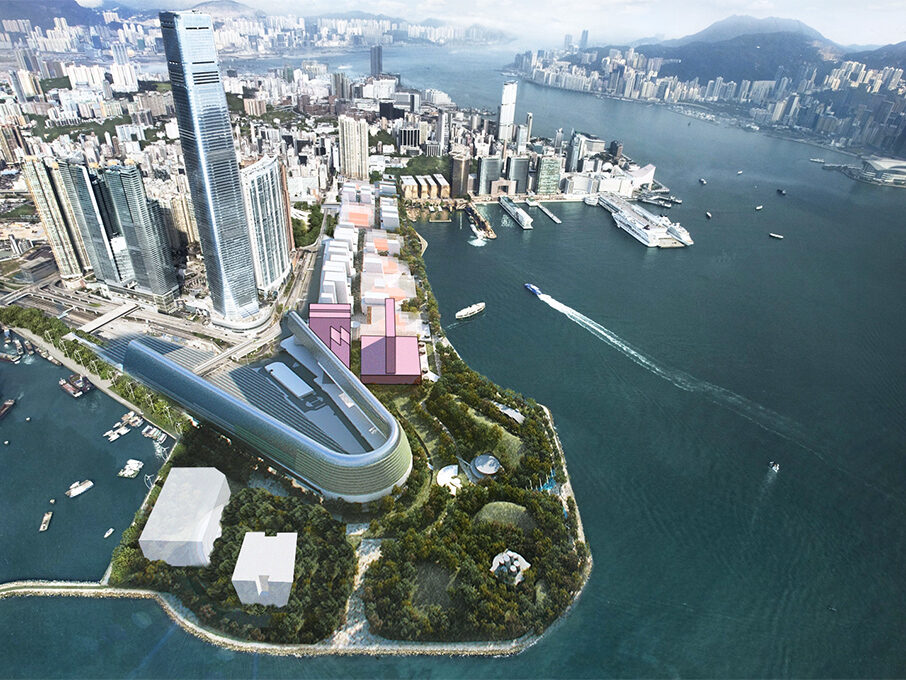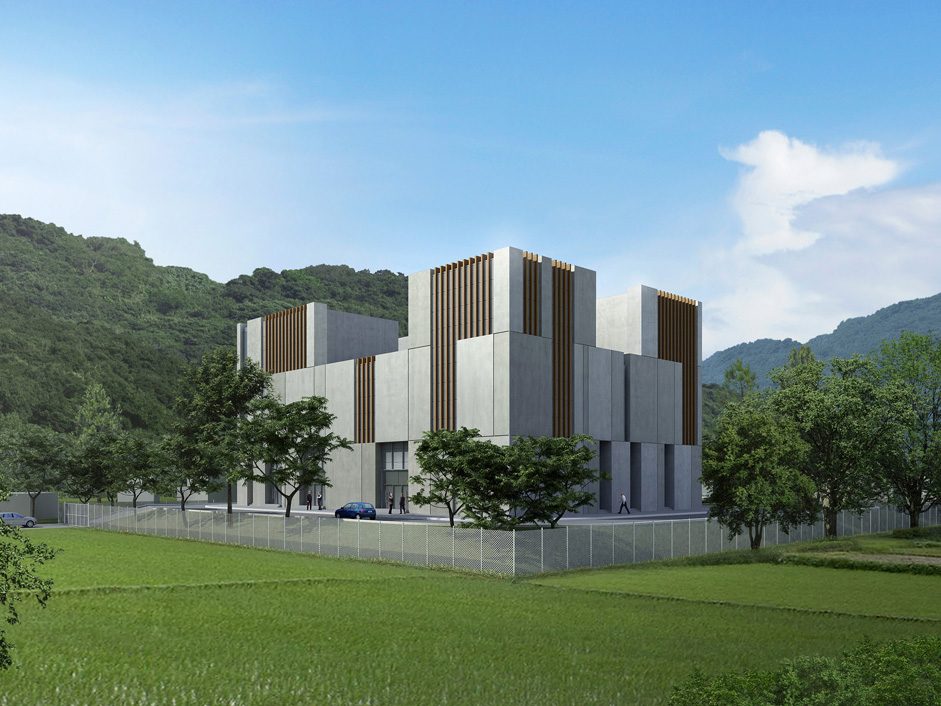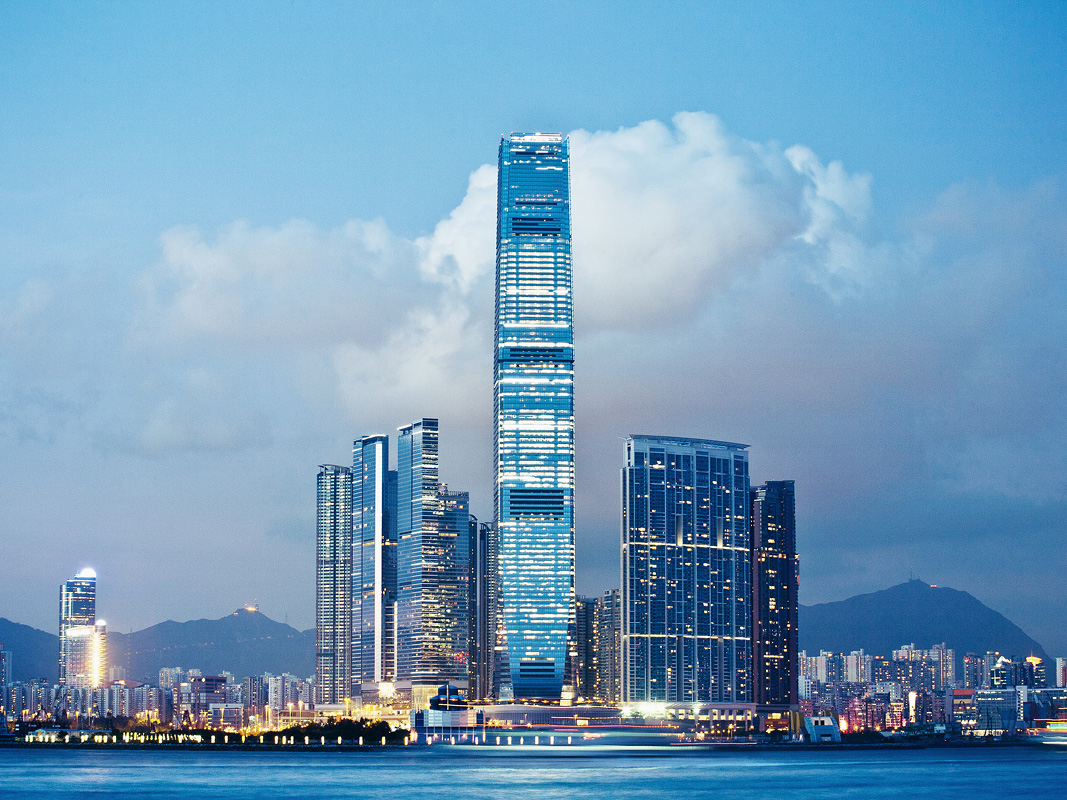Kowloon Ventilation Building
Utilitarian function meets sculptural form at the Kowloon Ventilation Building (KVB), the first structure built on the West Kowloon waterfront. An underground railway depends on numerous supporting services typically housed in buildings more about function than flourish. But this prominent site on reclaimed land, highly visible from Hong Kong Island, demanded a different approach.
Sitting at the northern end of an undersea tunnel linking Central to the new Chek Lap Kok Airport, the KVB unites a technically complex brief within one unified, cost-effective, yet architecturally exciting building. Aside from its eponymous purpose of ventilating the rail tunnels, the KVB houses a multitude of ancillary facilities including floodgates to protect the underground system, power supply, emergency access and egress, pumping and filtration systems for a seawater cooling system, and train sidings. Only one-third of the building is visible. The rest sits within a massive excavation that extends down to the tunnels.
The KVB’s organic form – sometimes likened to a wave or an animal – is a nod to other Farrells work nearby; it may be seen as an upturned version of the Peak Tower and it echoes the roof of the Kowloon Station concourse. It will sit within the future City Park of the West Kowloon Cultural District and complement the nearby M+ Museum for Visual Culture.




